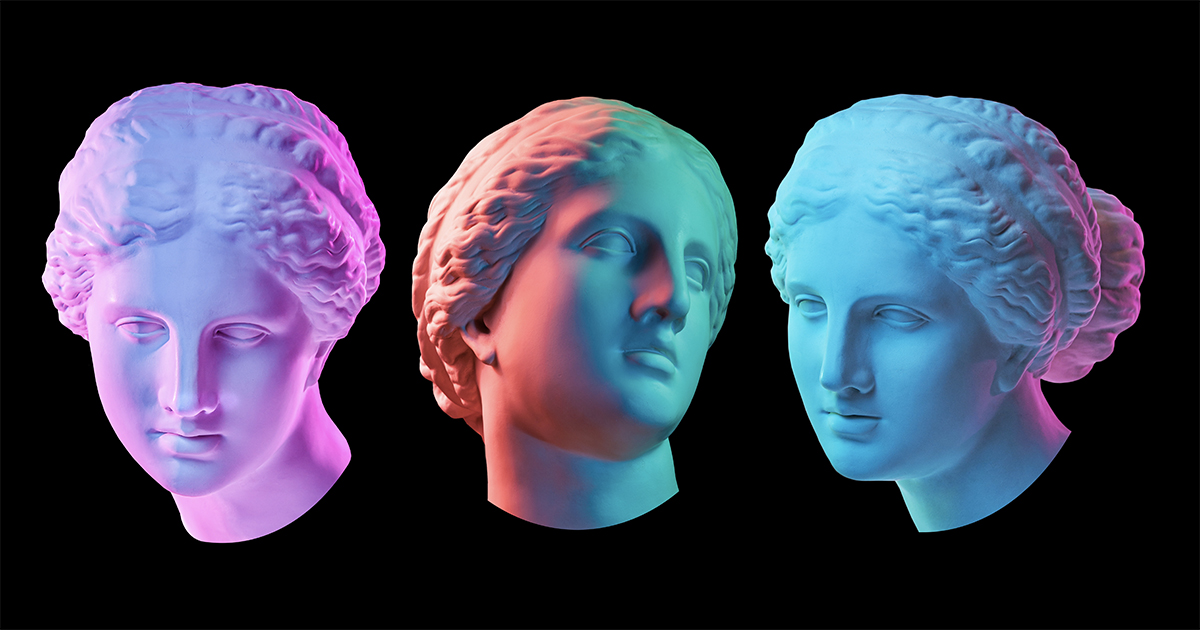
It’s hard to earn a living solely from platforms like Spotify, Twitch and YouTube. An artist on Spotify would need to get about 300,000 streams per month to earn the federal minimum wage. According to SignalFire, 97.5% of YouTubers’ income falls below the US poverty line.
But this problem isn’t the fault of these platforms, or at least one they are not going to fix.
It’s a creator economy problem.
READ MORE: How Many Song Streams Does It Take To Earn Minimum Wage in 2021? (Haulix)
So says Bremner Morris, CEO of Rally, which, lo and behold, is a platform enticing content creators to launch their own digital currency and build a sustainable business with their fan communities.
Outlining his argument in Rolling Stone, Morris even takes aim at direct-to-fan monetization models run by Patreon and Substack. These platforms may enable creators to retain around 90% of revenues generated from subscriptions, “But even these platforms have only produced a handful of millionaires, while most creators fail to meet the minimum wage.”
Instead, he says “Creators should work directly with their communities to drive independent forms of monetization that insulate them from the king-making platforms.”
READ MORE: 22 Creator Economy Statistics That Will Blow You Away (Influencer Marketing Hub)
CRUSHING IT IN THE CREATOR ECONOMY:
The cultural impact a creator has is already surpassing that of traditional media, but there’s still a stark imbalance of power between proprietary platforms and the creators who use them. Discover what it takes to stay ahead of the game with these fresh insights hand-picked from the NAB Amplify archives:
- Can the Creator Economy Actually Change… the Economy?
- How Social Platforms Are Attempting to Co-Opt the Creator Economy
- Now There’s a Creator Economy for Enterprise
- The Creator Economy Is in Crisis. Now Let’s Fix It. | Source: Li Jin
- Is the Creator Economy Really a Democratic Utopia Realized?
Naturally, Morris is promoting Rally as the solution, but let’s hear him out. He suggests one way of helping reset the balance toward the creator is to connect artists directly with developers.
“Big tech platforms typically only build features when it benefits them and their shareholders. Unfortunately, that means most of the technical talent that could be building tools for creators is focused on platforms that reap most of the financial gain from creators’ content,” he explains.
“However, there’s a significant movement happening quietly where artists and creators are starting to tap into the tech-savviness of their communities to build new kinds of tools that allow them to create unique fan experiences and monetize in new ways.”
READ MORE: Patreon CEO says the company’s generous business model is not sustainable as it sees rapid growth (CNBC)
NFTs are one example. Morris calls the tech “an exciting new way for creators and artists to monetize directly instead of relying on ad-based platforms.” However, he also notes that many creators are frustrated that the technology’s success has mostly been driven by speculation and not from genuine fan experiences.
“This is where I believe developers can come in. Twitch was actually one of the places where creators first used developers to build new ways to interact with their fans. Streamers like Swiftor and CohhCarnage have worked with devs to build sophisticated monetization and interaction systems, going beyond the base feature set of Twitch. Today, this trend is becoming more prevalent across different verticals.”
READ MORE: Less Than 2% of Content Creators on Patreon Earn Monthly Minimum Wage (Digital Music News)
He agrees with Li Jin, founder of Atelier Ventures, and perhaps the leading strategist of the creator economy, that empowering creators to engage with and capitalize on their superfans is a key to unlocking mobility to the middle class of creators.
“If creators get more access to developers, they will be able to build the internet that they and their fans want, instead of the one that mega-platforms give them,” Morris writes.
READ MORE: How Fan Communities Can Help Create a ‘Middle Class’ of Artists and Content Creators (Rolling Stone)
LEARN MORE ABOUT ATTENDING THE 2022 NAB SHOW


